French Quarter History
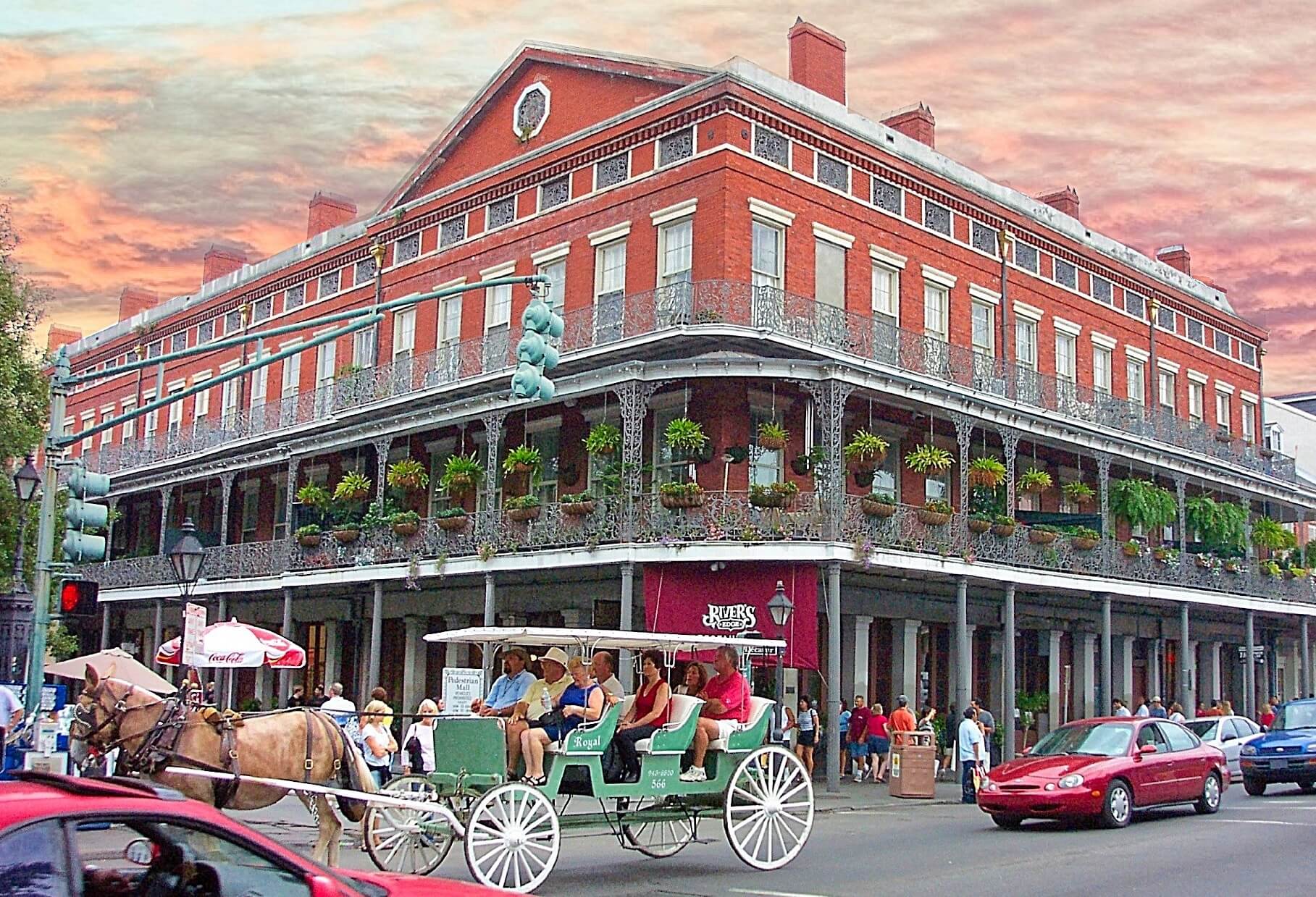
Image courtesy of Onasill - Bill BadzoBy: Sally Reeves Jackson Square, and the land around it, was always for the use of the public, or so it seemed. There was the church (St. Louis Cathedral), the priests' house (The Presbytere), and the town hall with the prison (The Cabildo). There was...
Read More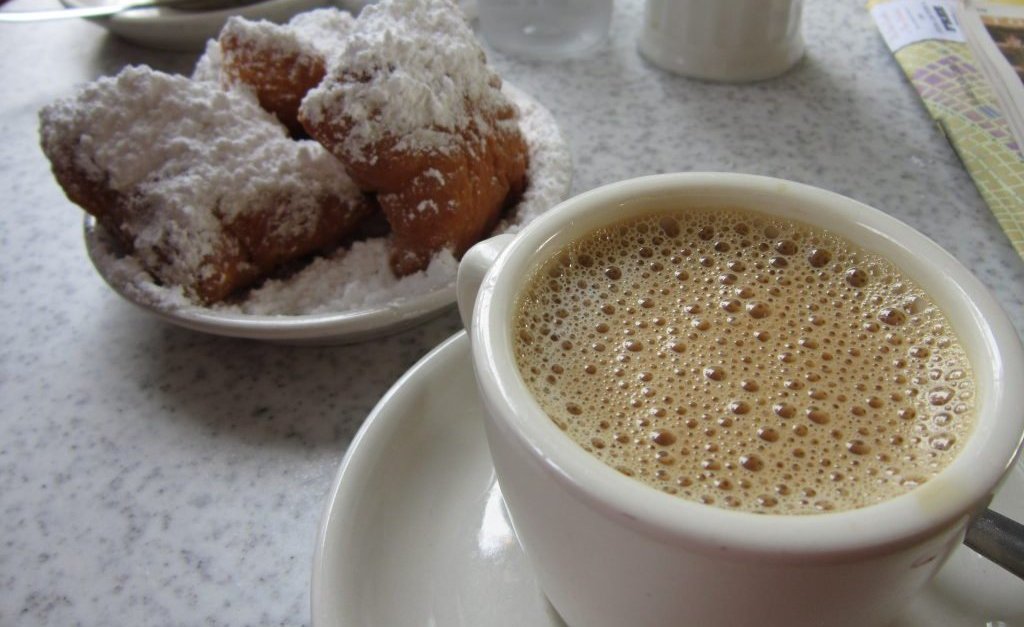
By: Ian McNulty History seekers can find a handful of monuments and memorials to the Civil War around New Orleans’ parks, museums and public spaces, but to experience one enduring local legacy of the conflict you need only order a cup of coffee. That would be coffee with chicory, to be more...
Read More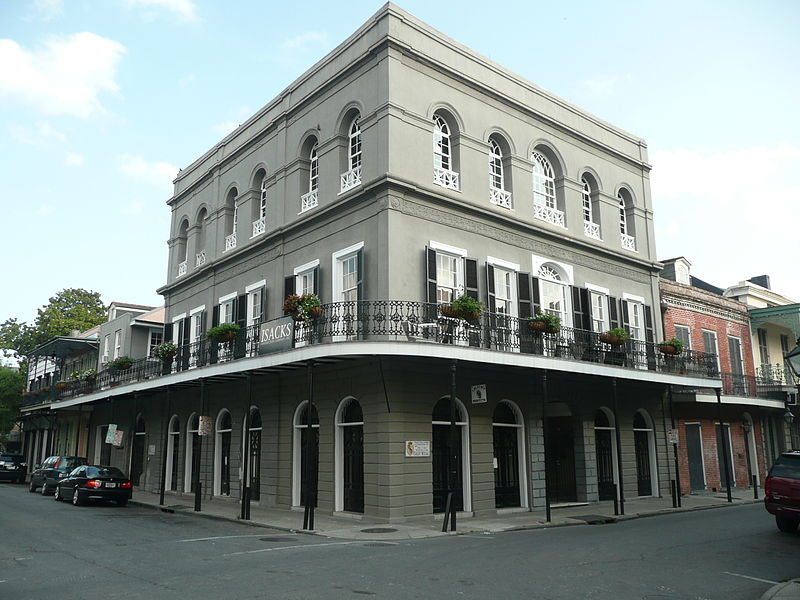
By: Jyl Benson Throughout its history, the French Quarter has all but sounded a siren’s call to extreme personalities. Depending upon what drives them, they may lob off the heads of chickens and invoke mysterious spirits while chanting and dancing around a burning fire like Marie Laveau or...
Read More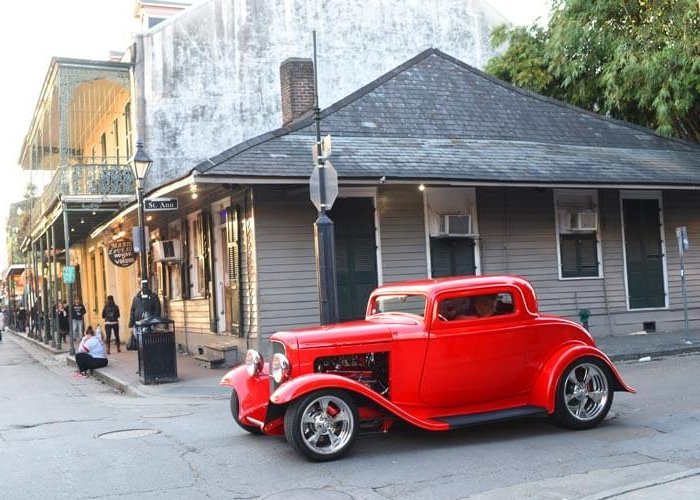
By: Sally Reeves Founded as a military-style grid of seventy squares in 1718 by French Canadian naval officer Jean Baptiste Bienville, the French Quarter of New Orleans has charted a course of urbanism for parts of four centuries. Bienville served as governor for financier John Law's Company of...
Read More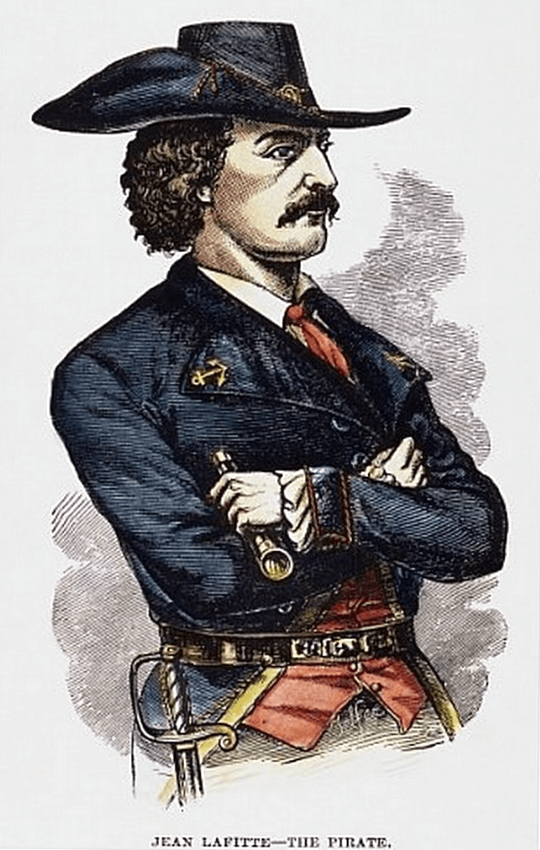
[caption id="attachment_5898" align="alignnone" width="222"] Jean Laffite "The Corsair" by E.H. Suydam[/caption]By: Sally ReevesLaffite the pirate, a curious fellow, has been evading the establishment. If once he escaped the sheriff, today he still eludes the historical authorities.Who...
Read More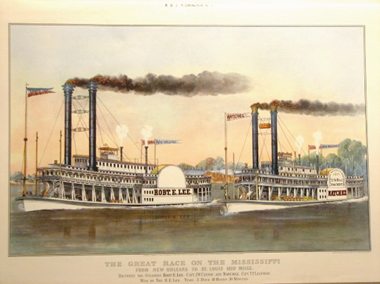
By: Sally ReevesTop to bottom: The first-ever Natchez, built in 1823. The 206-ton fledgling made history in 1825 transporting General Lafayette through the Mississippi Valley. The Natchez of racing fame, built in 1869. A colossal gamble to preserve the steamboat freight buisiness, it was not...
Read More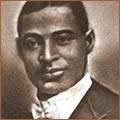
By: Ian McNultyTop to bottom: Buddy Bolden, Sidney Bechet, Bunk JohnsonNew Orleans has always been different, complex and intriguing, so it’s fitting that jazz, the musical style the city created and gave to the world, should follow the same tune.Jazz is a byproduct of the unique...
Read More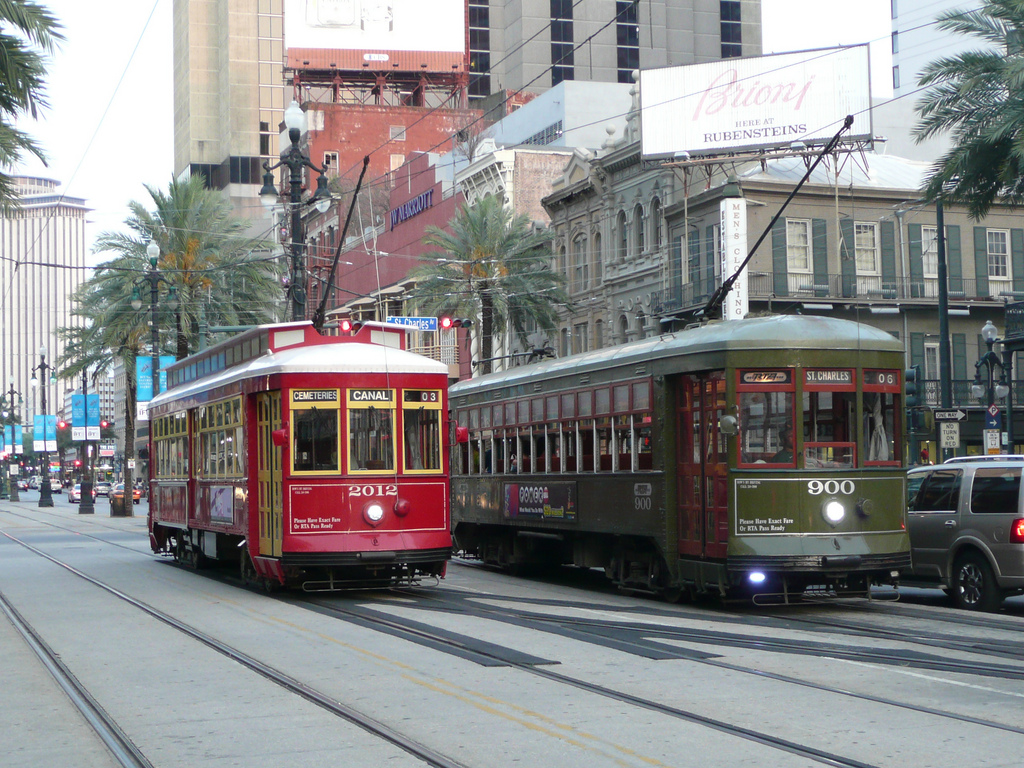
Streetcars on Canal Street. Photo by Tom Bastin on FlickrAt a grand 171 feet wide, traversed by streetcars, taxis, automobiles, cyclists, and pedestrians, Canal Street is more than just a major downtown thoroughfare. Throughout its 216-year history, it also has served as an entertainment...
Read More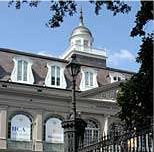
By: Sally Reeves A keen eye and quick list can unveil the salient patterns of French Quarter building types. Most antebellum sorts come in "Creole," "American," and a mix of the two. Those built after the Civil War and later are generally "Eastlake," or sometimes "Craftsman" cottages.There are...
Read More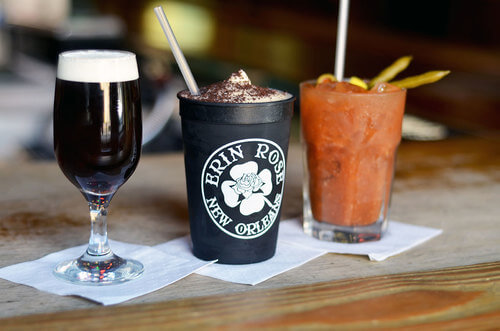
Photo courtesy of Dirty Coast on FacebookNew Orleans is often described as the most European city in the United States — or the northernmost Caribbean island. Settled by Native Americans, colonized by the Spanish, French and American governments, populated by Creoles, African slaves and...
Read MoreFrench Quarter History
French Quarter History consists of over 200 years of characters, chaos, and intrigue. From the Faubourg Marigny and Treme to the Mississippi River any history buff will be fulfulled here. Take a walking history tour or a Haunted New Orleans tour to find out much about the Historic French Quarter. Make sure to educate yourself on the Cabildo and the Spanish Quarter and of course, stop in St. Louis Cathedral in Jackson Square and see the original Louisiana Purchase. While you are here, take a moment to remember the devastation of Katrina. Take a Katrina Education Tour. And then round your trip out with some great jazz music and listen to the greats like Louis Armstrong or some of the new cats like The Marsalis family, Trombone Shorty and Kermit Ruffins to name a few.


